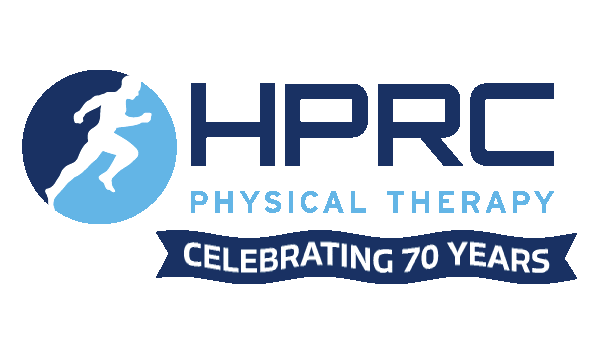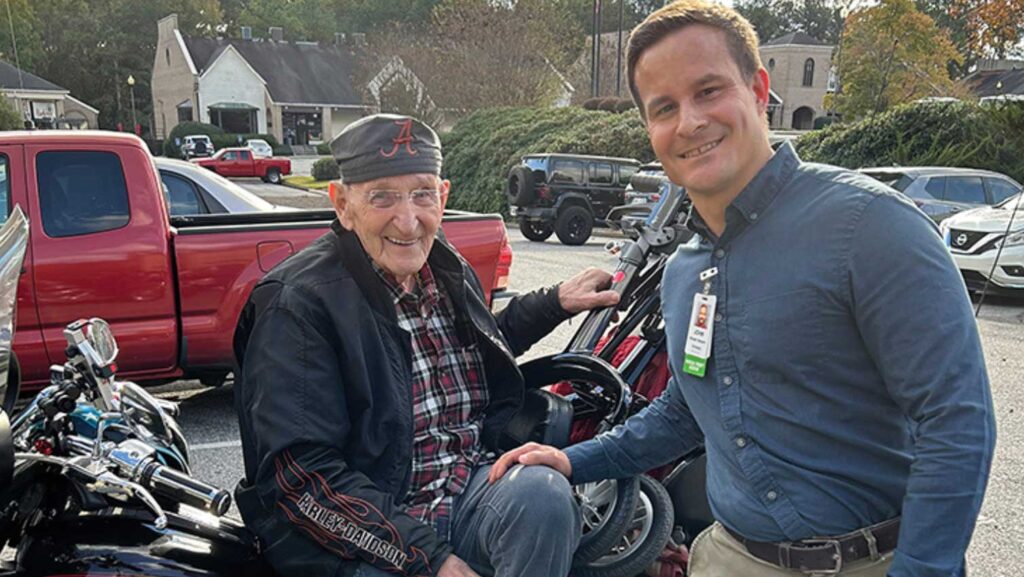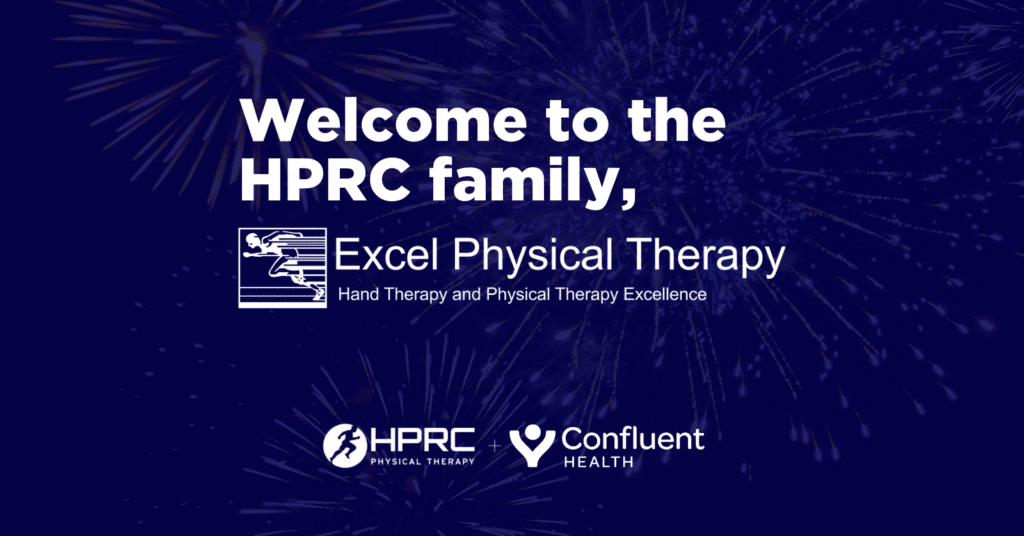Upon entering the HPRC main office, I was bombarded with joy, excitement, and warmth, mostly my own, but I knew that I was in good hands. This is my first long-term rotation, building relationships with patients, seeing their growth, and facing their challenges. I have been nothing but thankful to my patients, my Clinical Instructor, and the organization for the experiences I’ve had thus far and those that are yet to come.
The training and education that I’ve received has proven to be valuable every day. I have been trained to view each person differently, evaluating their symptoms and impairments, and using the findings to reach their personal goals. Even after such a short period of time in clinic, I’ve grown to love this profession even more (which is reassuring after dedicating so many resources to my education).
So what makes a PT’s education and training unique? Physical therapy school is a professional program that focuses on human anatomy and ultimately how the body moves. We consider ourselves the experts in human movement, recognizing abnormalities that are either contributing to an injury or inhibiting a person’s function. This includes three years of continuous learning divided between the classroom and clinic. There, we are subjected to a combination of written and practical exams testing our knowledge and competency in skills. You grow to rely on your PT family, a group of adults gathered with the same passion of bettering people’s lives by utilizing our extensive knowledge of human anatomy, kinesiology, and proper motion.
It should also be known that all physical therapy students graduate with a DPT, or a doctorate of physical therapy degree. The emphasis on higher education has come to light by including differential diagnosis (acknowledging other causes with similar symptoms), pharmacology, among other courses. This is all in preparation of treating patients directly, without the gate of a physician. Every state has some form of direct access of offering services to patients. This assists in cost savings through the elimination of an extra co-payment. In addition, direct access allows patients the opportunity to have an individualized exercise plan, addressing muscle imbalances, and to provide relief from injury.
While we like to think we are ready to practice right at the start of school, we need guidance and practice to develop our skills, exercise progressions, and patient handling skills. If you ever have the pleasure to work with a student, make sure to maintain open communication. If something is uncomfortable, doesn’t seem to be improving your overall function, or you have a question about your condition or therapy, express your concern. You will improve your therapy as well as future experiences for other patients who are too timid to express their concerns.
Just remember, you are helping to mold the newest member of the healthcare team. Every therapist has memories from their clinical experiences that will affect how they treat and in what specialty they will dedicate their time. Be patient and open. But, most importantly, be an advocate for yourself. This will lead to better overall care for our future patients.



